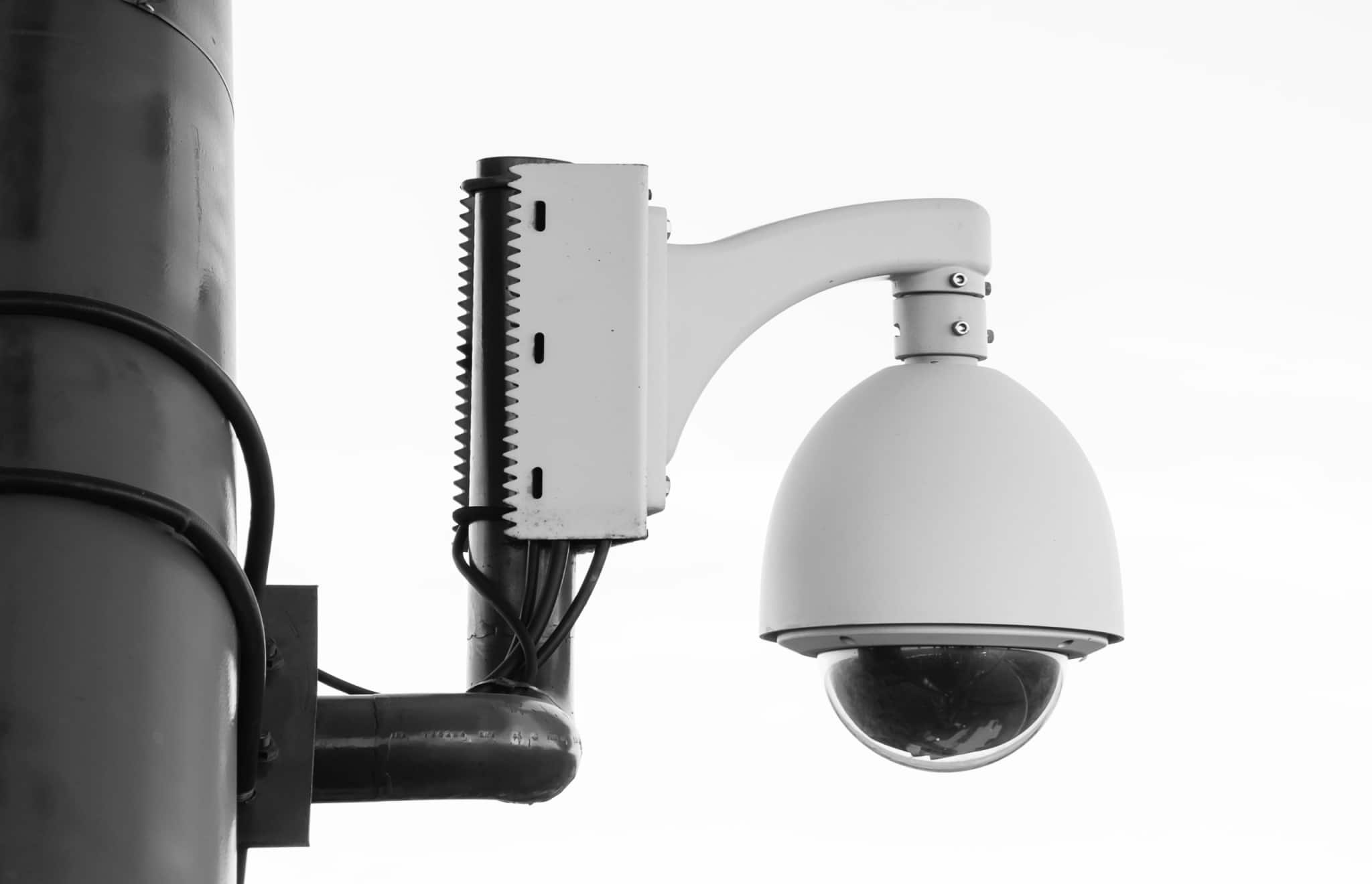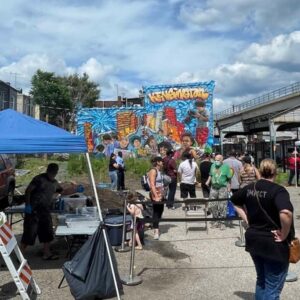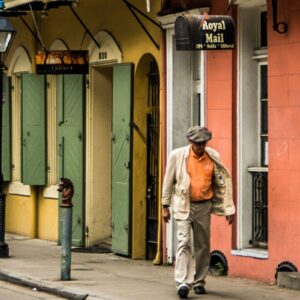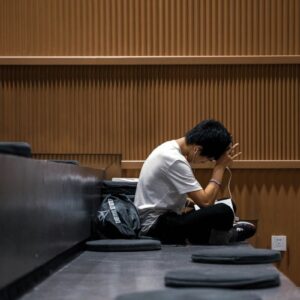
The undercover agent quivered on camera in front of the student activist who’d seen through his ruse. The spy attempted to wiggle his way out, first by feigning a disability and then by accusing the student of attempting to mug him.
This isn’t a scene from a movie or a moment pulled from the CIA’s heyday of infiltrating student organizations in the 1960s; this occurred in May 2025 at the University of Michigan.
While the media surrounding student protests has long left campuses, aside from a short return to report on pro-Palestine commencement speeches and their consequences, the student movement that erupted after Israel’s October 2023 invasion of Gaza continues.
Students are leading new fights to push back against the repression that they have faced under both the Biden and Trump administrations. Other students are rethinking campus strategy and what it means to organize their peers. Many are continuing the struggle to kick war profiteers off campus and end US support for Israel.
While the media surrounding student protests has long left campuses…the student movement that erupted after Israel’s initial invasion of Gaza continues.The current wave of student movement took off as the death toll in Gaza mounted. By the end of 2023, the loss of life in Gaza already exceeded 20,000 people—more than 15 times the death toll in Israel from the October 7 attacks. (By June 2025, the Israeli paper Haaretz was reporting that the death toll in Gaza was nearing 100,000.)
In 2024, student protests swept the nation, turning campuses into the epicenter of US resistance against Israel’s genocide. By May, the movement had spread to over 80 campuses. Encampments and occupations, like that of Hamilton Hall—renamed Hind’s Hall after Hind Rajab, a murdered Palestinian child—at Columbia University, were cemented as chief tactics.
Police, administrators, and the Biden administration cracked down on the students—leading to thousands of arrests, suspensions, and expulsions.
Much of this was televised and tweeted, until election season and Trump’s victory seized hold of the media’s cameras. As is typical of the news cycle, campuses were largely abandoned by reporters. They did occasionally return, like in the case of Mahmoud Khalil’s arrest at Columbia. But while it is no longer making headlines, the growing student movement for Palestine has far from faded.
Amid Repression, the Struggle Continues
Students are not simply the victims of a new wave of repression being pushed by another hostile White House, they are active agents in resistance. Back at the University of Michigan, the local chapter of Students for Justice in Palestine, known as Students Allied for Freedom and Equality or SAFE, has continued working to bring attention to Israel’s genocide, while facing off against Dana Nessel, the aggressive Michigan state attorney general, and Trump’s FBI.
The university’s ruling body recruited Nessel to charge students with felonies. An investigation by The Guardian found that Nessel received tens of thousands of dollars in campaign donations from members of the university’s board before taking office. The campus administration also hired its own undercover investigators to stalk and, effectively, intimidate students.
Simultaneously, the FBI executed raids of student leaders’ homes, seizing laptops and other vital personal property right before exams.
Students responded through protest and caring for one another. Tarana Sharma, a leader of SAFE, told NPQ that organizers coordinated actions like study-ins and work-ins, which allow participants to maintain their daily responsibilities while engaging in solidarity actions. These temporary occupations helped students connect, learn, and catch up on their work, while applying pressure on campus administrators to cut their ties with weapons manufacturers and cease their targeting of students, workers, and community members. Sharma recalled one of the actions, “One of our biggest work-ins was after a recent graduate was fired from a campus job with a week’s notice for attending a protest; we got about 300 people out at a very central campus building.”
When students were arrested, community supporters would gather in court and sit through the day’s proceedings along with those facing charges. Between actions, they built deeper relationships through cultural events and group dinners like iftars.
In late April, the TAHRIR Coalition, the broader formation that includes SAFE, called for an action in Lansing, MI, demanding that Nessel drop all charges. Following the protest and a move to bar Nessel from overseeing the trial of students due to bias, Nessel dropped all felony charges for seven students.
According to Sharma, the students “had huge community support, from Ann Arbor to Ypsilanti and Detroit. The more the administration repressed us, faculty, and community members, the closer it brought us together.”
Shifting Tactics
The students at University of Michigan were not the only ones to continue to center Palestine in their work this year. Hunger strikes swept the country, from Occidental, Stanford, and multiple campuses in the California State University system; to campuses on the East Coast like Dartmouth, Yale, and CUNY (City University of New York).
Most were in direct protest of Israel’s blockade of aid to Gaza and continued US support for Benjamin Netanyahu’s regime. Students, faculty, and staff refused to eat until their demands were met, while others rallied with supportive protests.
Students are not simply the victims of a new wave of repression…they are active agents in resisting that repression.Maya Abdullah, a hunger striker at UCLA, collapsed and had to be hospitalized after her nine-day strike. Students chanted “This is on you, UCLA,” as she was carried away on a stretcher.
Externally, it may look like students have de-escalated from the intense occupations of the previous year, but their actions can be better understood as adjusting their tactics based on new conditions. Hunger strikes allow for a smaller number of students to have an outsized impact, and SAFE’s study-ins provide the disruptive energy of encampments without the risks inherent in maintaining a long-term occupation.
Dissenters, a national anti-imperialist and anti-militarist student organization formed in 2019, also shifted its strategy and tactics this semester. Instead of focusing on larger disruptive protests, they moved toward base-building and deepening bonds among students.
The group’s members at the University of Massachusetts Amherst, for instance, canvassed and set up tables at events like seasonal farmers markets to reach students one-on-one and understand what they cared about and how their lives were intertwined with war and militarism. Members also worked with the local Students for Justice in Palestine and Sunrise Movement chapters to protest an engineering career fair that involved war manufacturers.
Sophie Sohrab, a first-year student at UMass Amherst, described to NPQ how the group was hosting movie nights and potlucks, and providing emotional backing to students who were still reeling from the trauma of police beatings from the previous year. Sohrab said this slower internal focus on campus was done in “hopes to make it more of a safe space and to help get us moving again.”
She also described this semester’s energy as that of the sitcom Full House, with a focus on supporting each other and building a tightly knit community. This was reflected in Dissenter’s new structure, where they transitioned their action planning team to focus on recruiting and onboarding new members.
Building Student Power
On the other side of the country, students at the University of Oregon (UO) were reflecting on their own strategy and considering new avenues in the face of administrators who are prioritizing the federal government demands over those of students and campus workers. Their Jewish Voice for Peace (JVP) chapter engaged in the wave of hunger strikes, but many of those same leaders experimented with two unique initiatives.
The idea of the student union is to expand the power and role of students…by creating a consistently fighting, democratic, student-run organization.
UO Student Workers Union, one of the few unions explicitly created for undergraduate student workers, launched a student worker strike in April. According to The Nation, over 4,000 students struck, representing one of the largest student worker strikes in the history of the United States.
With picketing and protests they secured their first contract after a 10-day strike in May, winning raise increases and arbitration rights over cases of harassment and abuse. A group of students from JVP and the campus’s chapter of the Young Democratic Socialists of America (YDSA) worked to expand the union fight outside of workers. They began organizing a broader all-student union.
The idea of the student union is to expand the power and role of students on campus by creating a consistently fighting, democratic, student-run organization. Isaak Ordaz, a leader of YDSA, explained to NPQ that it is important to “take power from administrators and big-time donors, and put it back into the hands of students.”
The student union strategy is an extension of both groups’ work to compel the university to divest from all companies complicit in Israel’s genocide. Instead of just continuing to demand that the university change, both organizations see potential in building a larger movement that can challenge the assumption that university administrators and trustees should be the final decision-makers about how money is spent on campus.
They are not the only students to come to this conclusion. YDSA chapters at Columbia, CUNY, Virginia Tech, and San Francisco State are also engaging with the concept, as part of a larger initiative by leaders at YDSA.
Parallels to Past Student Movements
The current wave of student unionism is part of an older movement which gained notoriety after the success of the radical Québécois student union coalition (CLASSE) in 2012, which led to over 300,000 students participating in a strike opposed to rising tuition rates.
The Québec student strike structure, with students organized into local unions based on their majors and departments and linking them through campus-wide federations and a larger regional federation, influenced organizers in the United States. Serendipitously, the US Student Association, which sent representatives to Québec amid the student strike, was also reestablished this past spring, with a similar analysis around building student power.
At UO, the student union’s leaders attempted to organize students by major, but its main leaders were swept into organizing the student worker strike. They became consumed by actions like their May 6 sit-in, in which over 100 student workers occupied the interior and exterior of a campus building.
What’s Next?
The student movement of 2024 shook the nation and forced attention on the nation’s support of what former Israeli Prime Minister Ehud Olmert has called “a war of devastation: indiscriminate, limitless, cruel, and criminal killing of civilians.”
Students paid for their bravery with thousands arrested, and hundreds targeted for deportation. And while there aren’t as many news crews posted on the quads, the students are still there. Sharma, thinking about the part semester, offered her assessment:
A lot of times we’d be at actions and rallies, and we’d be on our phones reading tweets asking ‘Where the students at? Where did the student movement go?’ There has been a very intentional effort to claim the movement has died down, but I don’t think that’s true. The anti-ICE protests in LA have been hugely intersectional and interconnected with the pro-Palestine student movement. We have to make sure that people see that our movements are still going. There is an effort to make it seem like the repression is winning.
Indeed, all signs are that the student movement remains strong. Students are adapting to new circumstances, looking for new ways to build power, supporting each other after multiple rounds of life-altering repression, and keeping their eyes on justice for Palestine.














